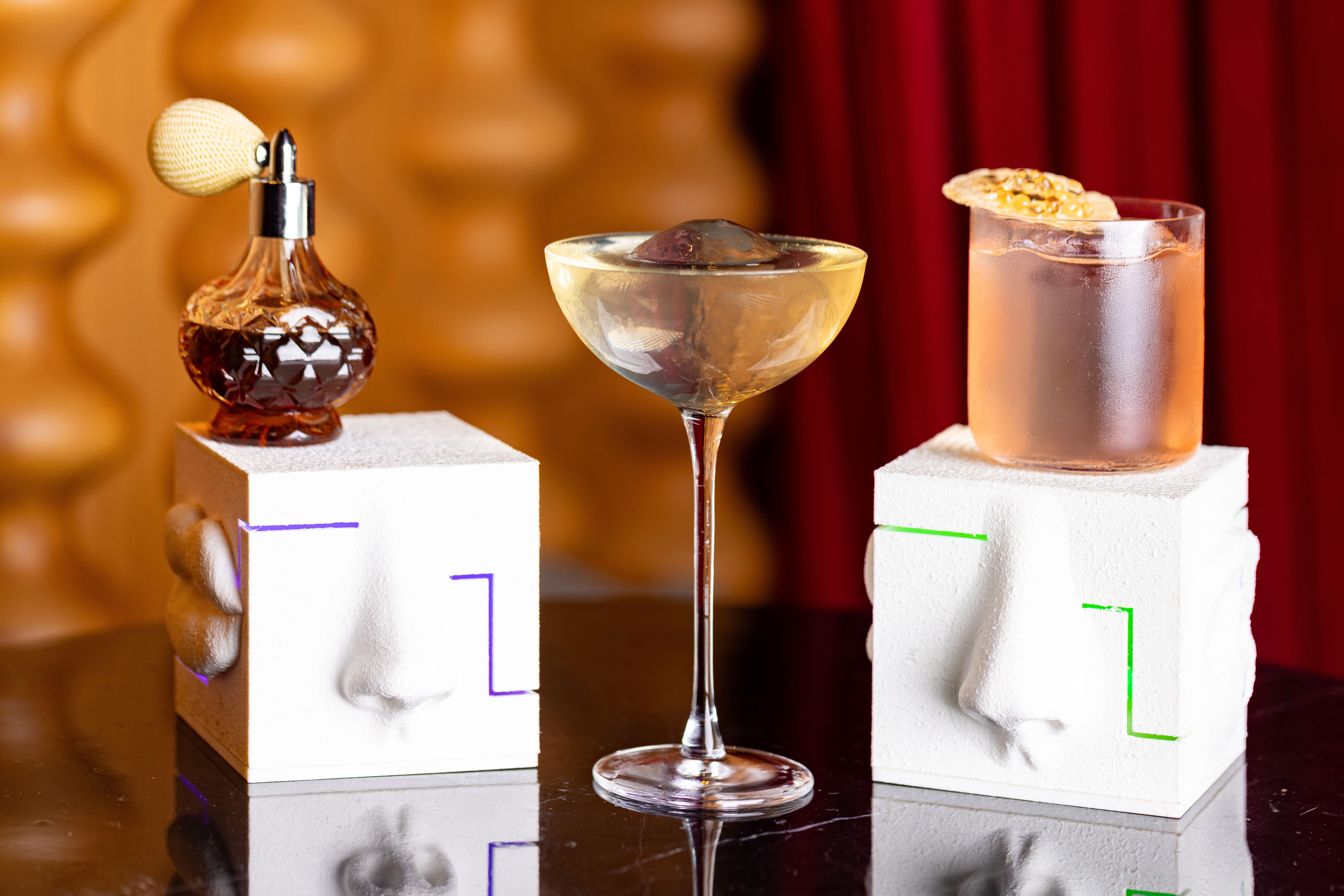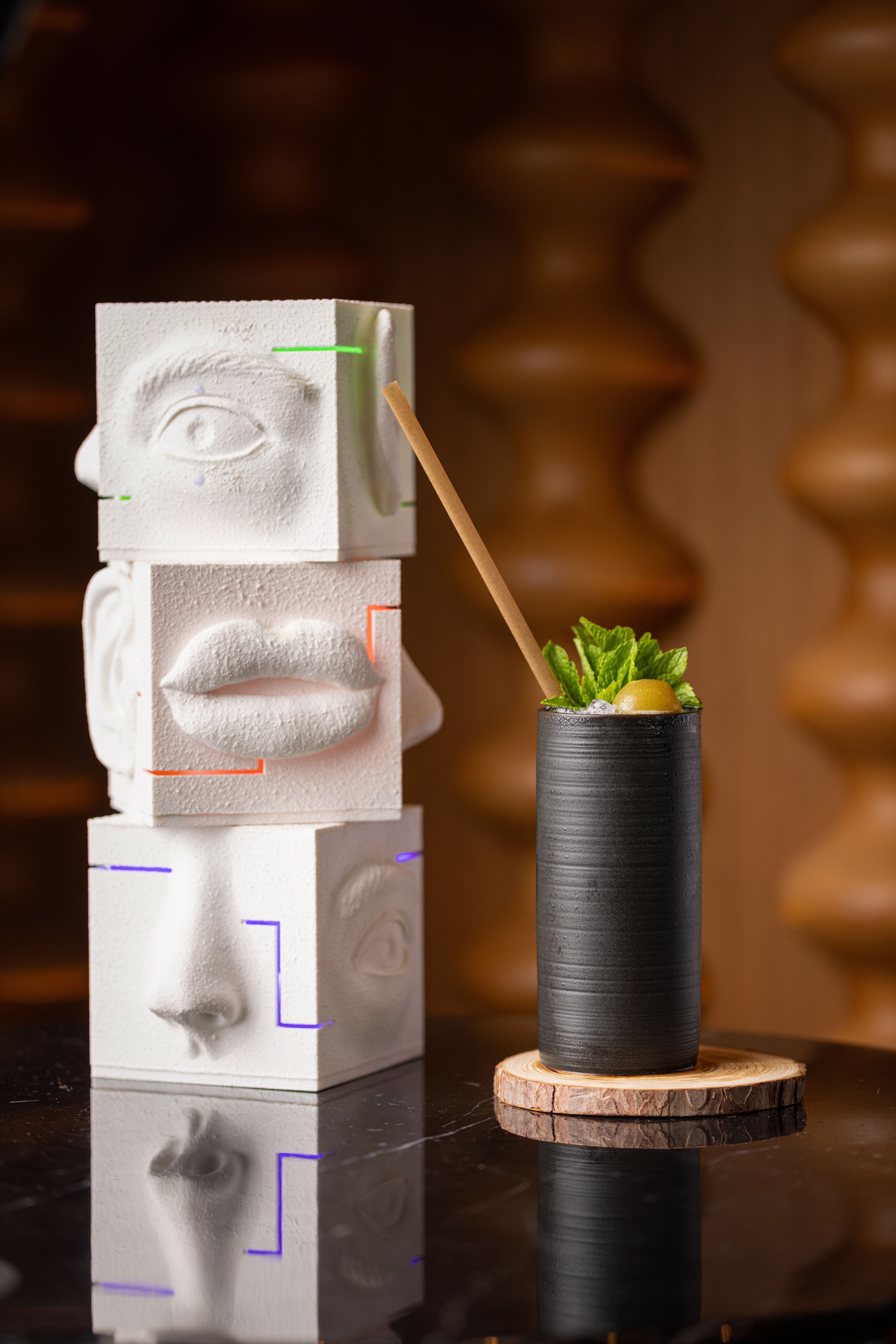
Eleonora Caso, Beverage Director, Orange Holding

Introducing Eleonora Caso, the dynamic Beverage Director at Orange Hospitality. Since joining the group in 2019, she has played a pivotal role in shaping the beverage programs across several of its acclaimed venues, including Josette, Il Borro Tuscan Bistro, Mayabay, and Alici. Leading a team of 60 bar staff and sommeliers, Eleonora shares with us her insights into the F&B industry and discusses how she stays abreast of the latest trends and innovations.
In your opinion, what emerging consumer preferences are shaping the beverage landscape? Are guests leaning more toward non-alcoholic, health-focused options, or is demand for alcoholic beverages and premium imports still growing?
I've observed a significant shift in consumer preferences within the beverage sector, particularly here in the UAE. There's a growing interest in non-alcoholic and health-conscious options, especially among younger, wellness-focused guests. At the same time, the demand for premium alcoholic beverages remains robust, with customers seeking quality over quantity. They're looking for crafted cocktails that tell a story and offer a unique experience. This dual trend challenges us to be innovative and attentive, ensuring we cater to a diverse clientele while maintaining excellence in every glass we serve.
What are the top three trends you’ve observed in the beverage industry lately?
1. Health-conscious choices are in
I've noticed more guests opting for drinks that align with their wellness goals—think plant-based, low-calorie, and sugar-free options. It's clear that people are becoming more mindful about what they consume.
2. Artisanal and high-quality products
There's a growing appreciation for artisanal beverages made with high-quality ingredients. Small-batch brands are gaining popularity as consumers seek unique and authentic experiences.
3. UAE bars gaining global recognition
It's exciting to see UAE bars earning spots on prestigious global lists such as The World's 50 Best Bars and Pinnacle Guide. This international recognition highlights the exceptional talent and innovation present in our local bar scene.
How do you strike a balance between introducing innovative, trend-forward beverages and maintaining your menu staples that customers consistently request?
Striking the right balance involves attentively listening to our customers and staying attuned to evolving trends. We focus on core menu items that consistently perform well and have become guest favourites, providing a sense of familiarity and trust. Simultaneously, we introduce innovative, trend-forward options through seasonally launched menus. This approach allows us to test new concepts without overwhelming the core offerings or alienating loyal customers. By analysing customer feedback and sales data, we ensure that any changes align with consumer expectations and our brand identity.

Are there any local or regional ingredients you’re excited to highlight on your beverage menus, and how does guest feedback influence these choices or your seasonal curation?
We've crafted cocktails inspired by regional flavours like saffron, dates, and rose water, alongside mocktails and specialty coffees. Guest feedback is invaluable to us—it helps us enhance our offerings. While we actively listen and adapt our menu based on this input, we also ensure that any changes align with our core vision and brand identity.
What role does sustainability or ethical sourcing play in your current beverage strategy and product selection?
Sustainability is at the heart of our beverage program. We aim to minimize waste behind the bar through smart inventory management, efficient prep practices, and creatively repurposing ingredients—like turning citrus peels into syrups or garnishes. Ethical sourcing also guides our product selection, ensuring we support producers who share our commitment to environmental and social responsibility.
How do you manage the group of restaurants you oversee, and how do you tailor the offerings at each venue to suit its unique customer profile?
I lead a team of approximately 60 professionals, including bartenders and sommeliers. We regularly meet with the heads of each department and restaurant to discuss trending products and brands we aim to collaborate with.
Establishing a unified vision is crucial when selecting products at the group level—such as coffee, water, and soft drinks—while preserving the unique essence of each venue. Our diverse concepts necessitate a balance: some products are standardized across the group, ensuring consistency, while others are exclusive to individual venues, allowing for tailored experiences.
This approach ensures that we maintain both operational efficiency and the distinctive character of each establishment.
How are you using AI, technology or data to influence decisions around beverage trends or operations?
It’s not in the immediate plans, but we’ve recently introduced an innovative 3D menu at Mayabay. This immersive experience allows guests to explore our offerings interactively, enhancing their dining journey.


Do you see beverages playing a role beyond the bar—such as in the kitchen or integrated into food recipes?
While classic beverages like wine have traditionally played a role in the kitchen—particularly in classic cuisine for making sauces—today, beverage products are increasingly taking on a creative role beyond the bar and becoming integral to the culinary experience.
In modern kitchens, especially in high-end or concept-driven venues, beverages are being used as ingredients in marinades, reductions, desserts, and even sauces. Non-alcoholic options such as kombucha, cold brews, and botanical infusions are being incorporated to add depth of flavour, acidity, or aromatic complexity. This trend reflects a broader movement towards innovative and mindful culinary practices, where beverages contribute to the overall dining experience in unexpected and delightful ways.
What is your vision for the next 3–5 years as Beverage Director at Orange Hospitality, and how does team training and development across your venues play a role in achieving those strategic goals?
Over the years, I've worked closely with my sommeliers to develop a dynamic wine menu that changes weekly. This approach allows our guests to enjoy their favourite wines while also exploring new arrivals on the market. The goal is to maintain a menu that's both exciting and approachable—avoiding overwhelming guests with too many options. This strategy has proven successful, which is why I'm now focusing on collaborating with our bar teams to create innovative cocktails and mocktails.
We're exploring the integration of AI and 3D technology to enhance the guest experience. Our aim is to develop menus that are easy to navigate, highlight the talents of our bartenders, and emphasize sustainability and waste reduction.
Can you share an insider scoop—something under the radar—that you believe will make a big impact on the F&B industry soon?
While I may not have all the latest insights, it's evident that the industry is moving towards greater emphasis on education at all levels. We're anticipating an increase in beverage-focused events, including more educational workshops for both consumers and professionals. Institutions like the Wine & Spirit Education Trust (WSET) are expanding their offerings, providing courses in spirits, beer, wine, and sake . Additionally, cocktail-making classes are gaining popularity, reflecting a growing interest in hands-on learning experiences.
This shift towards education is exciting, as it not only enhances the knowledge base of industry professionals but also enriches the overall consumer experience. It's an area to watch closely as it continues to evolve.

)
)
)
)
)
)
)
)
)
)
)
)
)
)
)
)
)
)
)
)
)
)
)